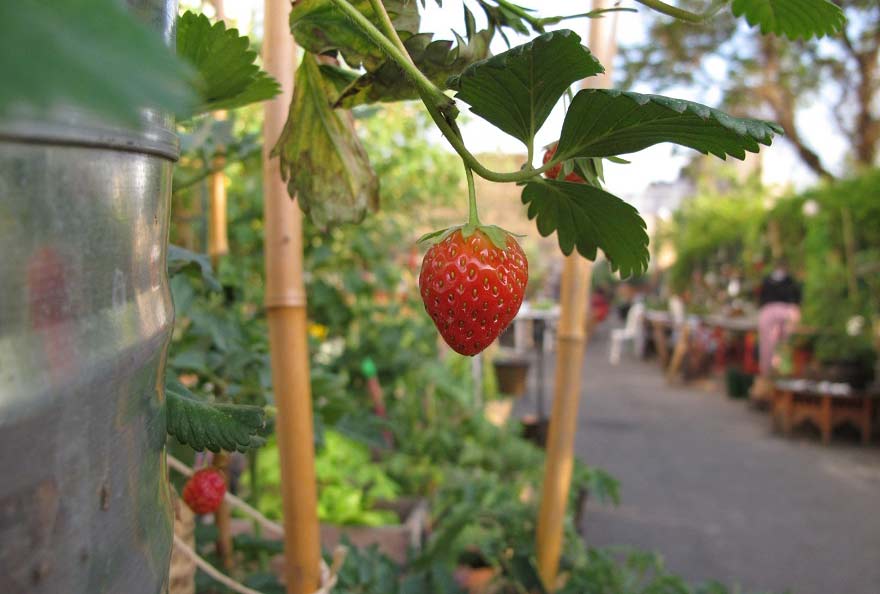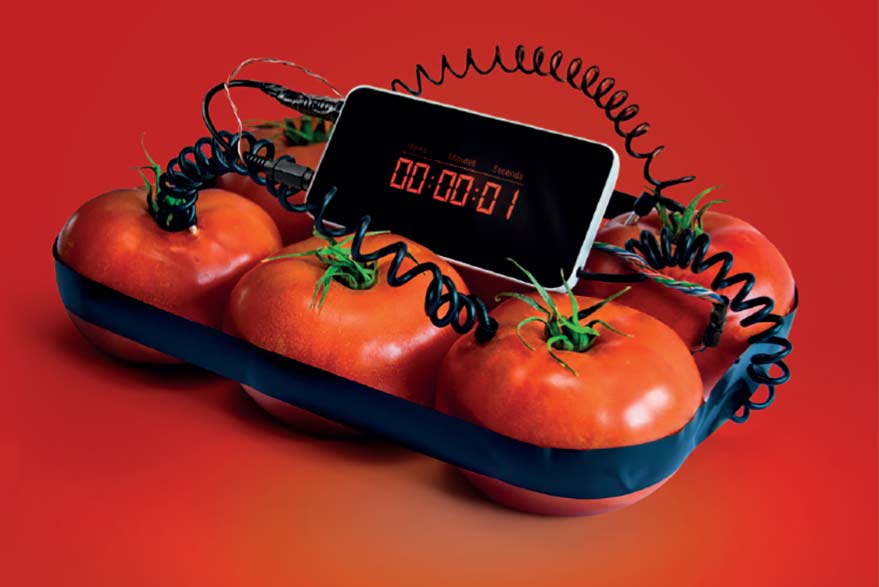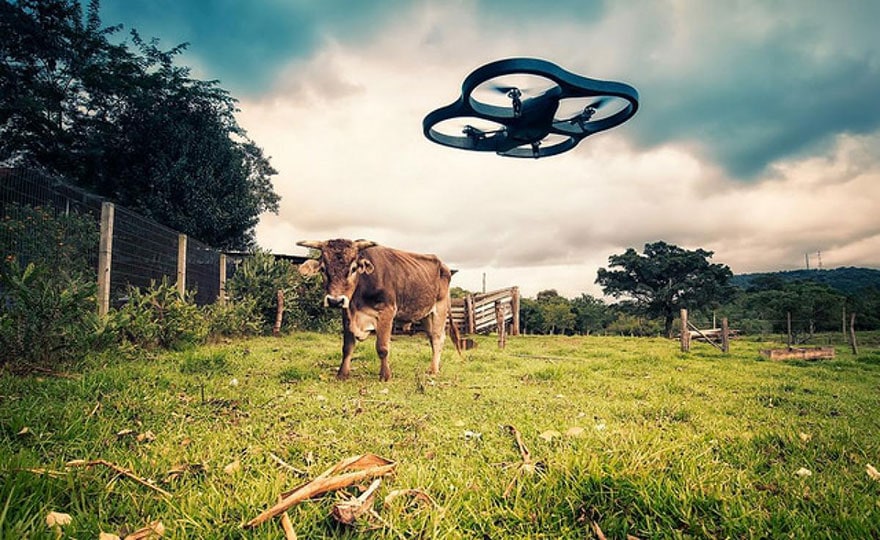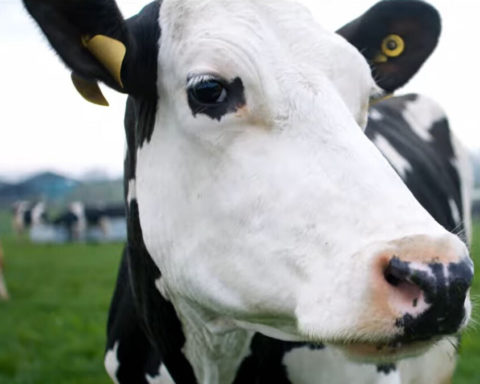
A movement born out of the protest of the 1970s
The Supply Paradox

As a reminder, Paris has set a target of creating 100 hectares of additional vegetation in the city by 2020. To make this bet a success, Mayor Anne Hidalgo has invited "Paris-cultivators" (gardeners, landscapers, farmers, architects,...) to develop ideas. Launched by Deputy Mayor Pénélope Komitès, the call for projects "Paris-culteurs" "will cover 40 Parisian sites, currently being identified, which will be made available to innovators to develop urban agriculture and vegetalisation projects".
From home garden to community garden
Vegetables but also fruit
Conserving varieties and achieving productive scale, challenges
A strong diversification of forms and uses
Challenges, opportunities and constraints of UA

What are the prospects for the sector?

For-profit, enclosed urban agriculture projects
The future of urban agriculture could also take the form of skyscrapers


Rooftop Urban For-Profit Agriculture Projects



"Paris can be eaten! ": 20 essential places for urban agriculture par Côme Bastin - Published on November 5, 2014
" Paris ville comestible ", by Gaëtan Laot, published by Christine Bonneton: 100 sites dedicated to urban agriculture in Île-de-France. Shared gardens, urban vineyards or rooftop gardens
Anything to add? Say it as a comment.












